Aloha, and welcome to the beginner's guide to playing the ukulele. Ever been captivated by the sweet, melodic tunes of a ukulele? Fascinated by how those four little strings can produce such vibrant and soulful music?
Well, you're not alone.
The ukulele, with its distinct and delightful sound, has won hearts worldwide, transporting us to the sunny shores of Hawaii with every strum.
But here's the secret - the ukulele isn't just an instrument for the seasoned pros. It's one of the most beginner-friendly instruments out there.
With just four strings and a small, manageable size, the ukulele is a perfect starting point for anyone at any age looking to embark on a musical journey.
Picture this: You're sitting on a sun-kissed beach, the waves gently lapping at your feet.
You're strumming your ukulele, and suddenly, you're not just playing music - you're telling stories.
Stories of joy, stories of love, and stories of life. Sounds appealing, doesn't it?
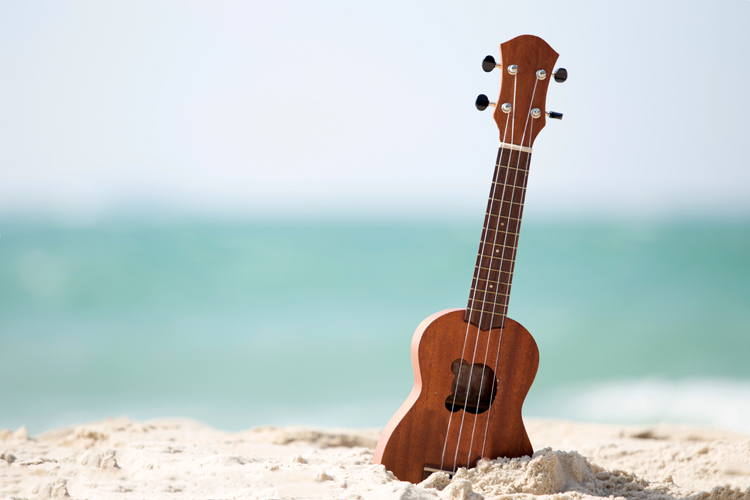
Easy to Learn
You might think, "But I've never played a musical instrument before. I don't even know how to read music."
Fear not - this guide is designed specifically for beginners like you.
We'll walk you through the basics, starting from how to hold your ukulele all the way to playing your first surf-style songs.
By the end of this guide, you'll not only be familiar with the 14 most useful ukulele chords, but you'll also be able to play some well-known tunes.
Imagine the look of surprise on your family and friends' faces when you pull out your instrument at the next gathering and effortlessly strum out a recognizable song.
So, are you ready to dive into the ukulele world? To feel the thrill of creating beautiful music with your own hands?
Grab your magical instrument, take a deep breath, and let's get strumming.
The sunny shores of musical mastery await. Let's ride this sonic wave, one chord at a time!

Part 1: Getting to Know Your Ukulele
Before you start, familiarize yourself with the ukulele.
It has four strings, which, from top to bottom (when held in playing position), are typically tuned to G, C, E, and A.
Properly holding a ukulele is an important first step for beginners. Here's a step-by-step guide:
-
Positioning the Ukulele: Hold the ukulele against your chest, and let it rest on your right arm (if you're right-handed) or your left arm (if you're left-handed). The neck of the ukulele should be angled slightly upwards, not horizontally. This angle will make it easier for your fingers to press the strings on the fretboard.
-
Supporting the Ukulele: The ukulele should be cradled between your strumming arm (the forearm section) and your body. Your arm should wrap over the top curve of the ukulele, slightly hugging it into your body for stability. This support allows your hands to move more freely for both strumming and fretting.
-
Fretting Hand: Your fretting hand (left hand for right-handed players and right hand for left-handed players) will support the neck of the ukulele. The thumb should be positioned against the back of the neck, providing balance and support. Your fingers will curve round to press the strings on the fretboard.
-
Strumming Hand: Your strumming hand (right hand for right-handed players and left hand for left-handed players) should be free to strum the strings over the sound hole. Some people like to use their thumb, while others prefer to use their index finger. Try both and see what feels most comfortable for you.
-
Relaxation: Last but not least, relax. Tension can lead to poor technique and even physical discomfort. Your hold should be firm enough to control the instrument but relaxed enough to allow for fluid movement.
Remember, everyone's body is different, so the most important thing is to find a hold that feels comfortable and secure for you.
If you're straining or feeling uncomfortable, take a break and adjust as necessary.
With time, holding your ukulele will become second nature!
Part 2: Learning the Four Basic Chords
With just four chords, you can play hundreds of popular songs. They are C, D, G, and Em.
C Major (C)
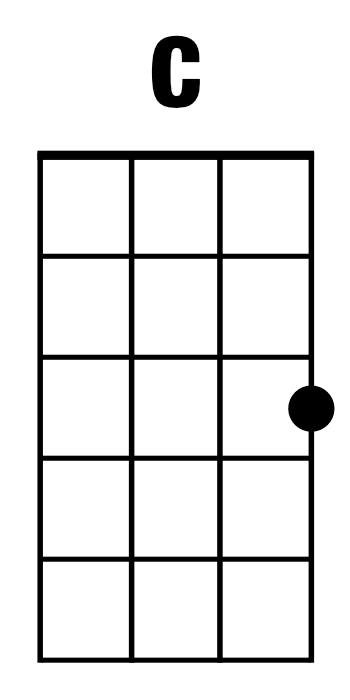
- Position your ring finger on the third fret of the bottom A string.
- The other strings (G, C, E) are open, meaning they're not pressed down.
- Strum all four strings. Congratulations, you're playing a C chord!
D Major (D)
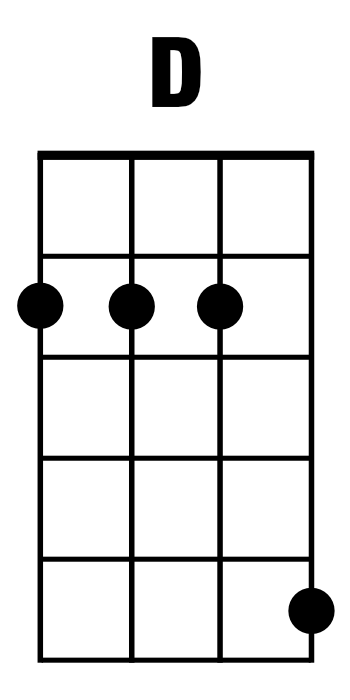
- Position your index finger on the second fret of the G string.
- Position your middle finger on the second fret of the C string.
- Position your ring finger on the second fret of the E string.
- The bottom A string is open.
- Strum all four strings. This is the D chord!
G Major (G)
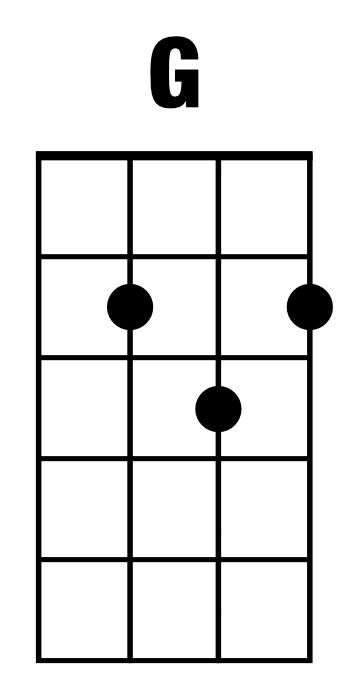
- Position your index finger on the second fret of the C string.
- Position your middle finger on the second fret of the A string.
- Position your ring finger on the third fret of the E string.
- The top G string is open.
- Strum all four strings. You're now playing a G chord!
E minor (Em)
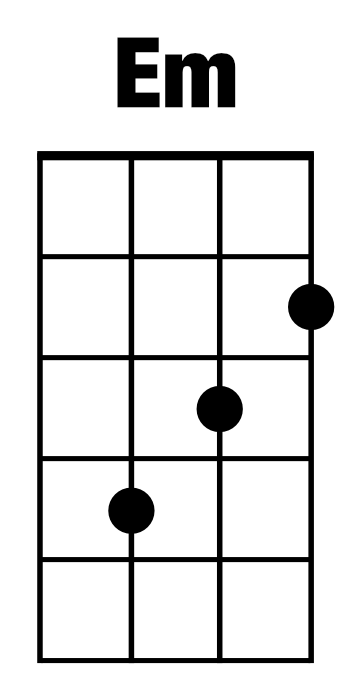
- Position your index finger on the second fret of the A string.
- Position your middle finger on the third fret of the E string.
- Position your ring finger on the fourth fret of the C string.
- The top G string is open.
- Strum all four strings. This is the Em chord!
Part 3: Proceeding to the Next Ten Chords
A Major (A)
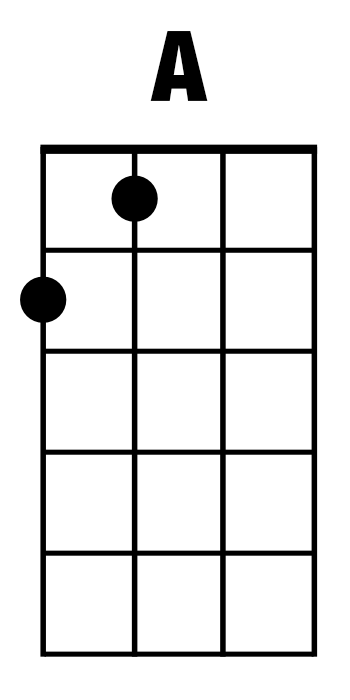
- Position your index finger on the first fret of the C string.
- Position your middle finger on the second fret of the G string.
- The E and A strings are open.
- Strum all four strings. You're now playing an A chord!
A minor (Am)
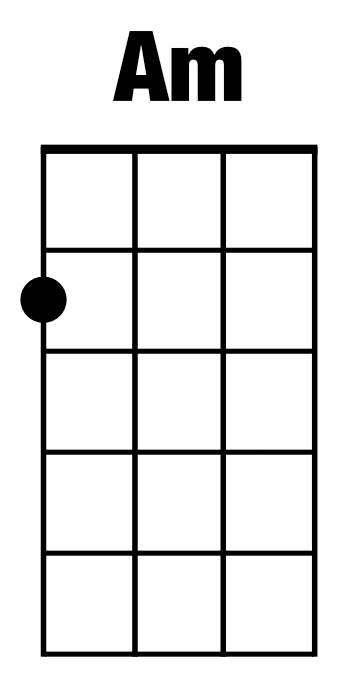
- Position your middle finger on the second fret of the G string.
- The C, E, and A strings are open.
- Strum all four strings. You're now playing an Am chord!
B Major (B)
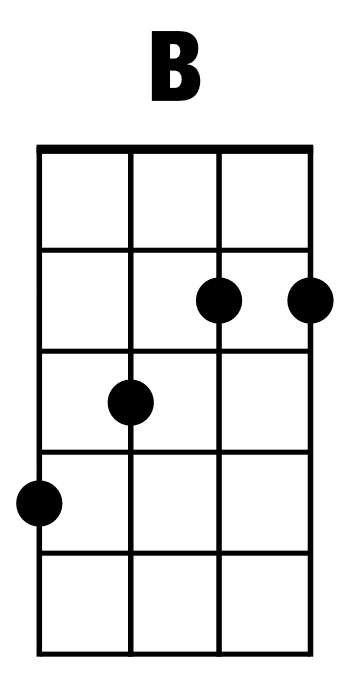
- Position your index finger to bar the second fret of the E and A strings.
- Position your middle finger on the third fret of the C string.
- Position your ring finger on the fourth fret of the G string.
- Strum all four strings. You're now playing a B chord!
B Minor (Bm)
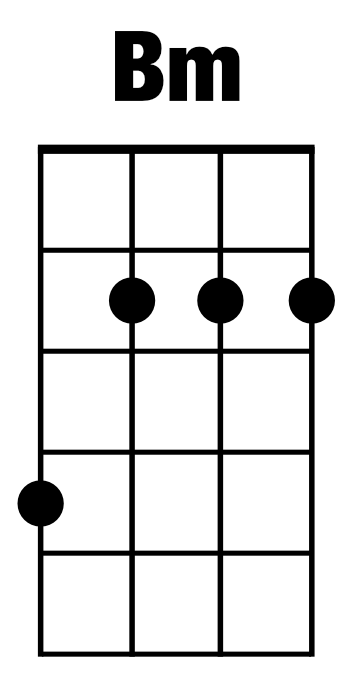
- Position your index finger to bar all four strings on the second fret.
- Position your ring finger on the fourth fret of the G string.
- Strum all four strings. This is the Bm chord!
C Minor (Cm)
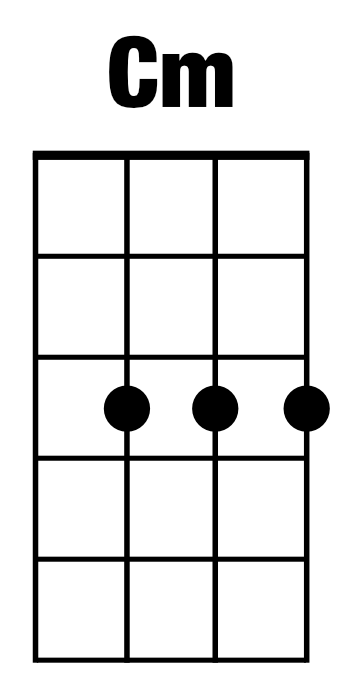
- Position your index finger to bar the third fret of the C, E, and A strings.
- The top G string is open.
- Strum all four strings. You're now playing a Cm chord!
D Minor (Dm)
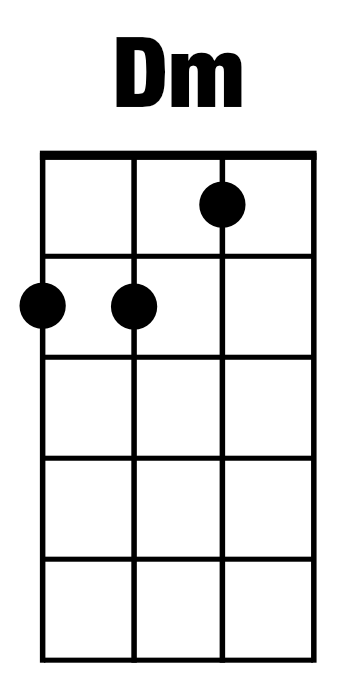
- Position your index finger on the first fret of the E string.
- Position your middle finger on the second fret of the G string.
- Position your ring finger on the second fret of the C string.
- The bottom A string is open.
- Strum all four strings. This is the Dm chord!
E Major (E)

- Position your index finger to bar (press down multiple strings) the second fret of the G, C, and E strings.
- Position your pinky finger on the fourth fret of the A string.
- Strum all four strings. This is the E chord!
F Major (F)
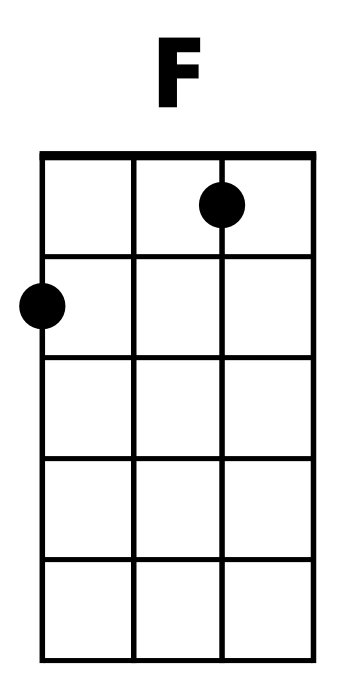
- Position your middle finger on the second fret of the G string.
- Position your index finger on the first fret of the E string.
- The C and A strings are open.
- Strum all four strings. This is the F chord!
F Minor (Fm)
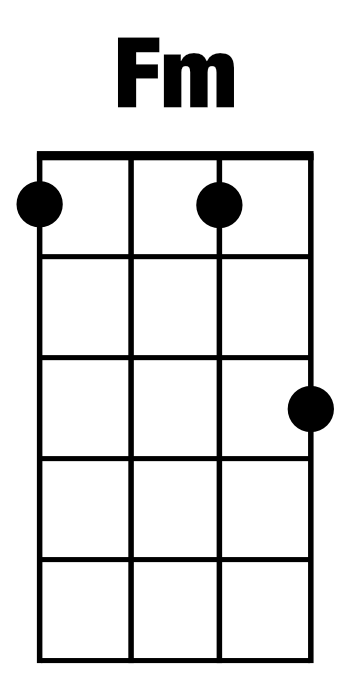
- Position your index finger on the first fret of the G string.
- Position your middle finger on the first fret of the E string.
- Position your ring finger on the third fret of the A string.
- The C string is open.
- Strum all four strings. You're now playing an Fm chord!
G minor (Gm)
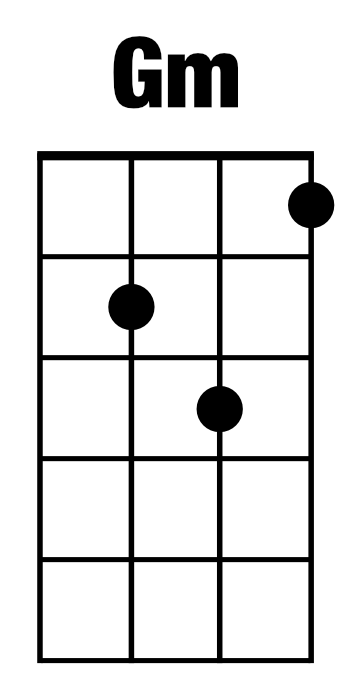
- Position your index finger on the first fret of the A string.
- Position your middle finger on the second fret of the C string.
- Position your ring finger on the third fret of the E string.
- The top G string is open.
- Strum all four strings. This is the Gm chord!
Now that you've learned these basic and useful ukulele chords, you are well on your way to playing a wide variety of songs.
The chords we've covered in this guide are some of the most common in ukulele music, and they form the foundation for many of the most popular songs you might want to learn.
Part 4: Learning Some Well-Known Surf-Style Songs
Time to learn some songs. Here are five popular surf-style songs for you to play on your ukulele:
"Somewhere Over the Rainbow" by Israel Kamakawiwo'ole
Chords: C, G, F, Am, E7, Em
Strumming pattern: Down, down, up, up, down, up
Transition between the chords as follows:
- Verse: C - G - Am - F (Repeat)
- Chorus: C - Em - F - C - G - Am - F - E7 (Repeat)
"Surfin' USA" by The Beach Boys
Chords: A, D, E
Strumming pattern: Down, down, up, up, down, up
Transition between the chords as follows:
- Verse: A - D - E - D (Repeat this progression)
- Chorus: A - E - D - A (Repeat this progression)
"Wipe Out" by The Surfaris
Chords: G, D, E
Strumming pattern: Down, down, up, up, down, up
Transition between the chords as follows:
- Main Riff: G - D - E (Repeat)
"Banana Pancakes" by Jack Johnson
Chords: G, D, Em, Am, C
Strumming pattern: Down, down, up, up, down, up
Transition between the chords as follows:
- Verse: G - D - Em - Am (Repeat)
- Chorus: G - D - C (Repeat)
"Miserlou" by Dick Dale
Chords: E, D, C, A
Strumming pattern: Down, down, up, up, down, up
Transition between the chords as follows:
- Main Riff: E - D - C - A (Repeat)
Remember, practice makes perfect.
Regular, consistent practice will help you get more comfortable with these chords and improve your transition speed between them.
If you're struggling, don't be discouraged - it's a normal part of the learning process.
You might find it hard at first, but with time and patience, you'll be playing these songs with ease.
Last but not least - enjoy the ukulele learning process and have fun while progressing.
